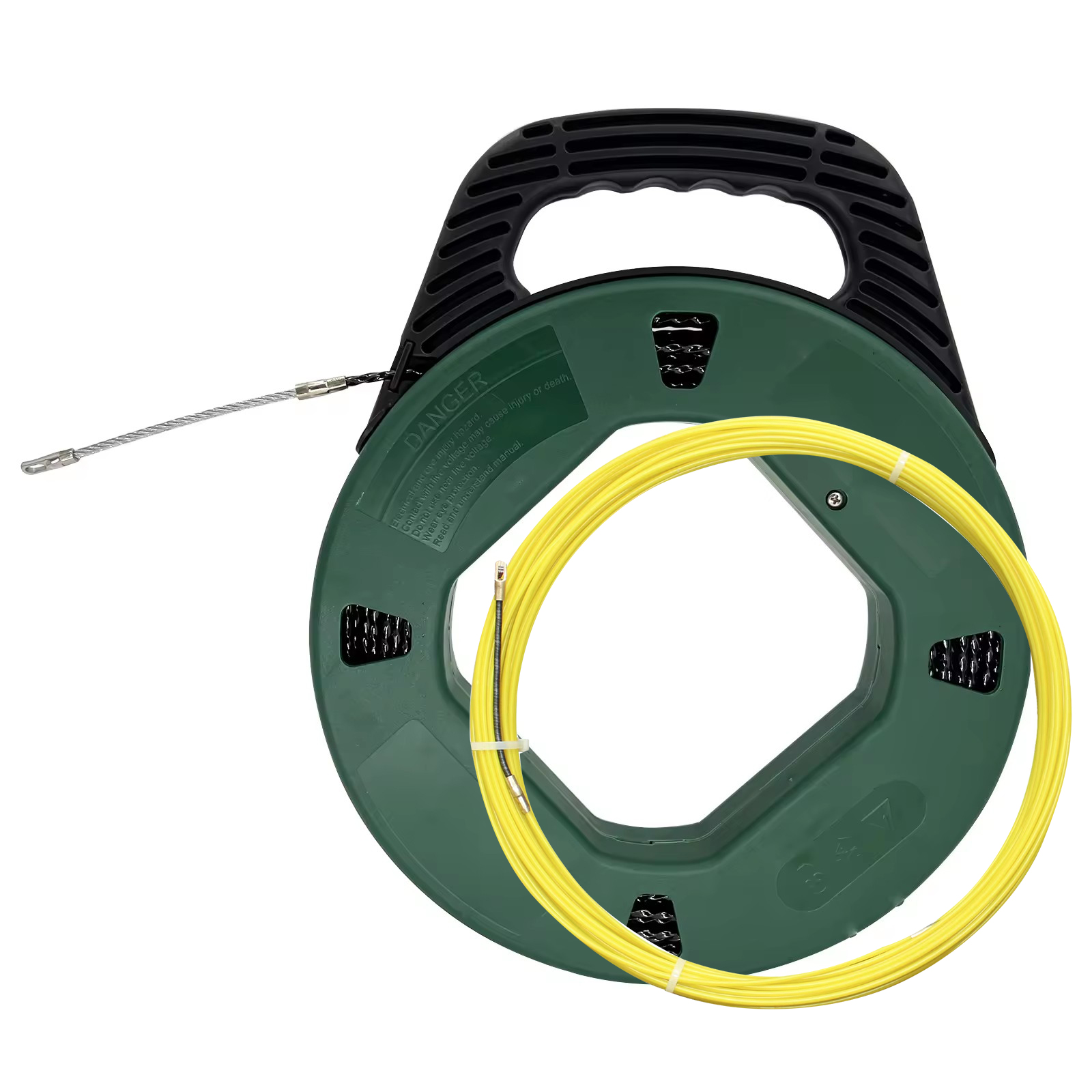
-
 Afrikaans
Afrikaans -
 Albanian
Albanian -
 Amharic
Amharic -
 Arabic
Arabic -
 Armenian
Armenian -
 Azerbaijani
Azerbaijani -
 Basque
Basque -
 Belarusian
Belarusian -
 Bengali
Bengali -
 Bosnian
Bosnian -
 Bulgarian
Bulgarian -
 Catalan
Catalan -
 Cebuano
Cebuano -
 Corsican
Corsican -
 Croatian
Croatian -
 Czech
Czech -
 Danish
Danish -
 Dutch
Dutch -
 English
English -
 Esperanto
Esperanto -
 Estonian
Estonian -
 Finnish
Finnish -
 French
French -
 Frisian
Frisian -
 Galician
Galician -
 Georgian
Georgian -
 German
German -
 Greek
Greek -
 Gujarati
Gujarati -
 Haitian Creole
Haitian Creole -
 hausa
hausa -
 hawaiian
hawaiian -
 Hebrew
Hebrew -
 Hindi
Hindi -
 Miao
Miao -
 Hungarian
Hungarian -
 Icelandic
Icelandic -
 igbo
igbo -
 Indonesian
Indonesian -
 irish
irish -
 Italian
Italian -
 Japanese
Japanese -
 Javanese
Javanese -
 Kannada
Kannada -
 kazakh
kazakh -
 Khmer
Khmer -
 Rwandese
Rwandese -
 Korean
Korean -
 Kurdish
Kurdish -
 Kyrgyz
Kyrgyz -
 Lao
Lao -
 Latin
Latin -
 Latvian
Latvian -
 Lithuanian
Lithuanian -
 Luxembourgish
Luxembourgish -
 Macedonian
Macedonian -
 Malgashi
Malgashi -
 Malay
Malay -
 Malayalam
Malayalam -
 Maltese
Maltese -
 Maori
Maori -
 Marathi
Marathi -
 Mongolian
Mongolian -
 Myanmar
Myanmar -
 Nepali
Nepali -
 Norwegian
Norwegian -
 Norwegian
Norwegian -
 Occitan
Occitan -
 Pashto
Pashto -
 Persian
Persian -
 Polish
Polish -
 Portuguese
Portuguese -
 Punjabi
Punjabi -
 Romanian
Romanian -
 Russian
Russian -
 Samoan
Samoan -
 Scottish Gaelic
Scottish Gaelic -
 Serbian
Serbian -
 Sesotho
Sesotho -
 Shona
Shona -
 Sindhi
Sindhi -
 Sinhala
Sinhala -
 Slovak
Slovak -
 Slovenian
Slovenian -
 Somali
Somali -
 Spanish
Spanish -
 Sundanese
Sundanese -
 Swahili
Swahili -
 Swedish
Swedish -
 Tagalog
Tagalog -
 Tajik
Tajik -
 Tamil
Tamil -
 Tatar
Tatar -
 Telugu
Telugu -
 Thai
Thai -
 Turkish
Turkish -
 Turkmen
Turkmen -
 Ukrainian
Ukrainian -
 Urdu
Urdu -
 Uighur
Uighur -
 Uzbek
Uzbek -
 Vietnamese
Vietnamese -
 Welsh
Welsh -
 Bantu
Bantu -
 Yiddish
Yiddish -
 Yoruba
Yoruba -
 Zulu
Zulu


TEL:
0086-311-88862036
Jan . 19, 2025 04:12 Back to list
Cable Pulling Swivel
In the rapidly expanding world of telecommunications and networking, the fiber optic cable clamp has emerged as a crucial component for maintaining secure and efficient connections. As an industry expert, I aim to provide an in-depth exploration of this critical tool, reinforcing its importance through real-world experience and professional insights.
Companies with extensive fiber optic networks have shared testimonials underscoring the transformative impact of these clamps. They report decreased network downtime and improved data communication speeds, further validating the authoritative stance that an organized cabling system is an absolute necessity. Implementing fiber optic cable clamps not only elevates the physical setup but substantially enhances the overall operational workflow. Moreover, when addressing the component's trustworthiness, it's crucial to consider compliance with recognized industry standards like the TIA/EIA 568 guidelines, ensuring maximal performance and safety. Certifications substantiate the reliability of these clamps, fostering user confidence and reducing liability concerns in network setup and maintenance. In constructing this narrative on fiber optic cable clamps, it’s imperative to acknowledge their evolution. Advanced designs now integrate smart technology, providing real-time data on tension levels and environmental factors affecting the cables. This innovation marks a future-focused approach, enabling proactive network management and heralding a shift towards intelligent infrastructure systems. In conclusion, the vital, multifaceted role of the fiber optic cable clamp in networking cannot be overstated. From enhancing system reliability and organization to driving future innovations, this component stands at the forefront of telecommunications infrastructure. Organizations seeking to optimize their data transmission must invest in quality clamps, ensuring installations adhere to stringent industry standards. Through dedicated expertise, these small yet mighty devices ensure seamless connectivity, aligning with global demands for faster, more reliable internet and communication services.


Companies with extensive fiber optic networks have shared testimonials underscoring the transformative impact of these clamps. They report decreased network downtime and improved data communication speeds, further validating the authoritative stance that an organized cabling system is an absolute necessity. Implementing fiber optic cable clamps not only elevates the physical setup but substantially enhances the overall operational workflow. Moreover, when addressing the component's trustworthiness, it's crucial to consider compliance with recognized industry standards like the TIA/EIA 568 guidelines, ensuring maximal performance and safety. Certifications substantiate the reliability of these clamps, fostering user confidence and reducing liability concerns in network setup and maintenance. In constructing this narrative on fiber optic cable clamps, it’s imperative to acknowledge their evolution. Advanced designs now integrate smart technology, providing real-time data on tension levels and environmental factors affecting the cables. This innovation marks a future-focused approach, enabling proactive network management and heralding a shift towards intelligent infrastructure systems. In conclusion, the vital, multifaceted role of the fiber optic cable clamp in networking cannot be overstated. From enhancing system reliability and organization to driving future innovations, this component stands at the forefront of telecommunications infrastructure. Organizations seeking to optimize their data transmission must invest in quality clamps, ensuring installations adhere to stringent industry standards. Through dedicated expertise, these small yet mighty devices ensure seamless connectivity, aligning with global demands for faster, more reliable internet and communication services.
Next:
Latest news
What Are Construction Tools and How Are They Used?
NewsJul.11,2025
Professional-Grade Duct Rodding Tools for Superior Cable Installation
NewsJul.11,2025
Enhancing Safety and Efficiency with Modern Hot Stick Solutions
NewsJul.11,2025
Empowering Cable Installation with Advanced Rodder Solutions
NewsJul.11,2025
Elevate Your Cable Installation Projects with Cable Pulling Tools
NewsJul.11,2025
Efficient Cable Handling Solutions: Cable Rollers for Sale
NewsJul.11,2025
Copyright © 2025 Shijiazhuang Bilo Import and Export Trading Co., Ltd. All Rights Reserved. Sitemap | Privacy Policy

BlLo lmport & Éxport is specialized in power and cable equipment andconsiruction tools,Qur main producis are FRP
duct rodder, cable rollerscable pulling winch, cable drum jack, cable pulling sock, etc.
Copyright © 2025 Shijiazhuang Bilo Import and Export Trading Co., Ltd. All Rights Reserved. Sitemap | Privacy Policy










